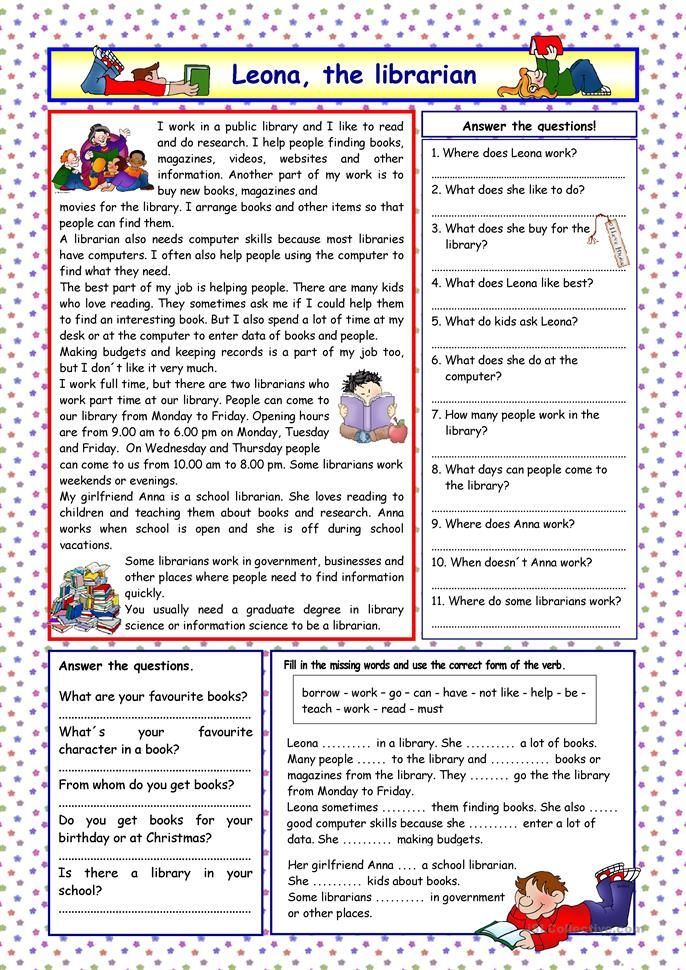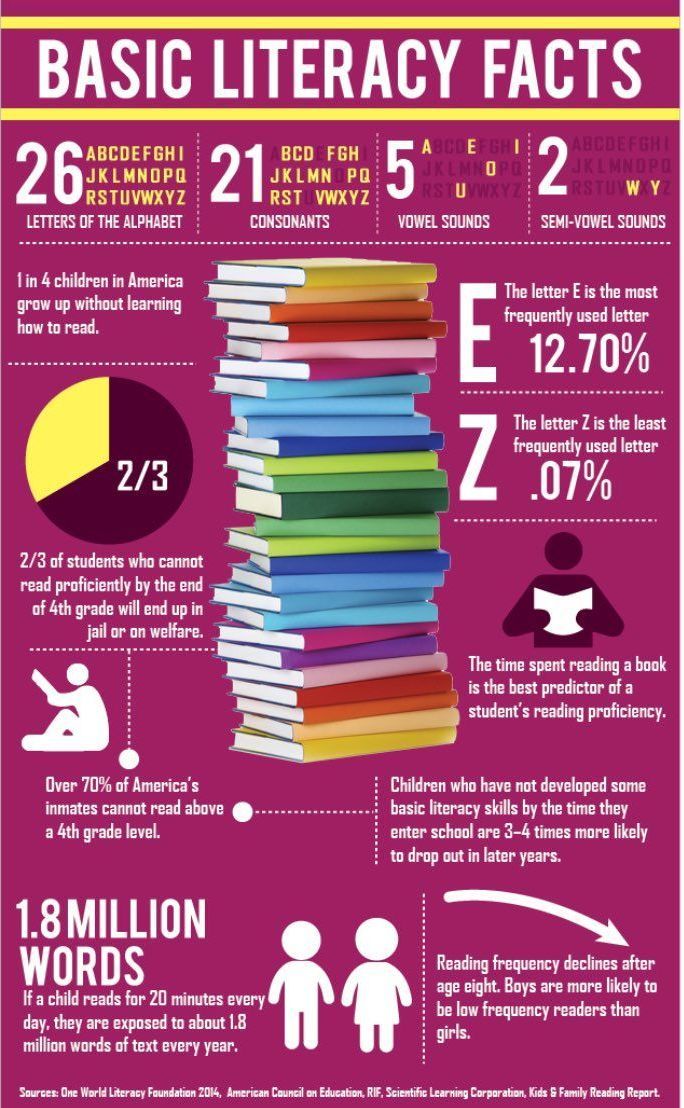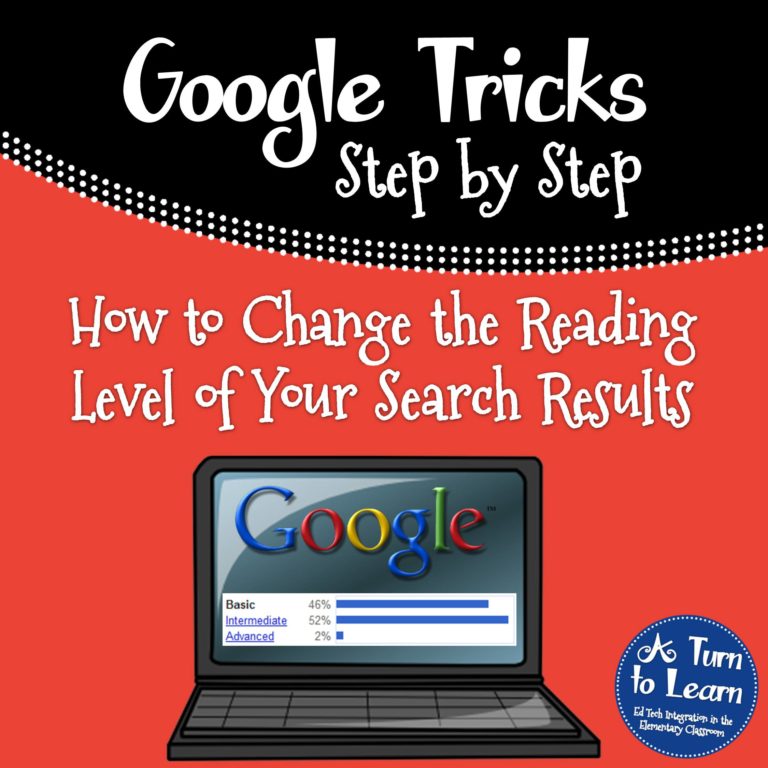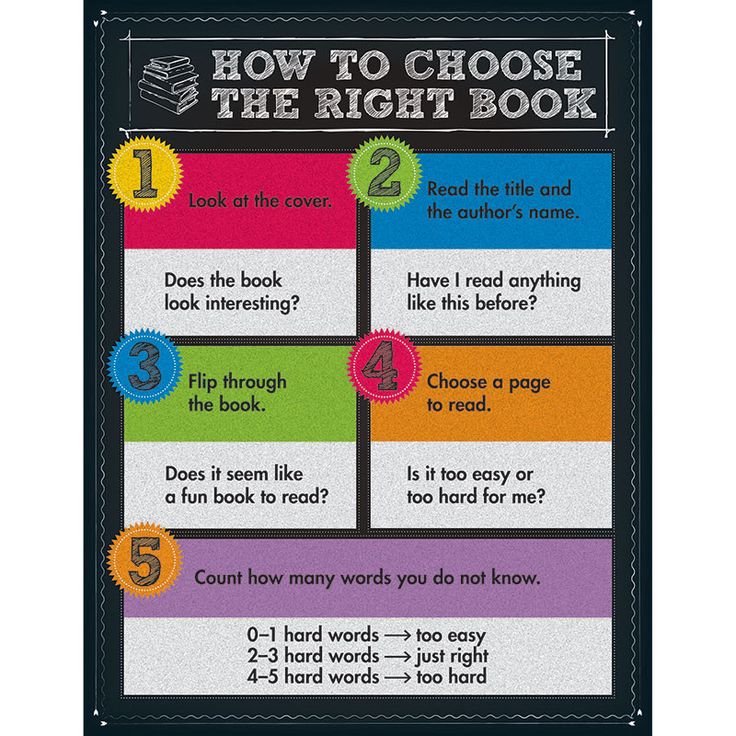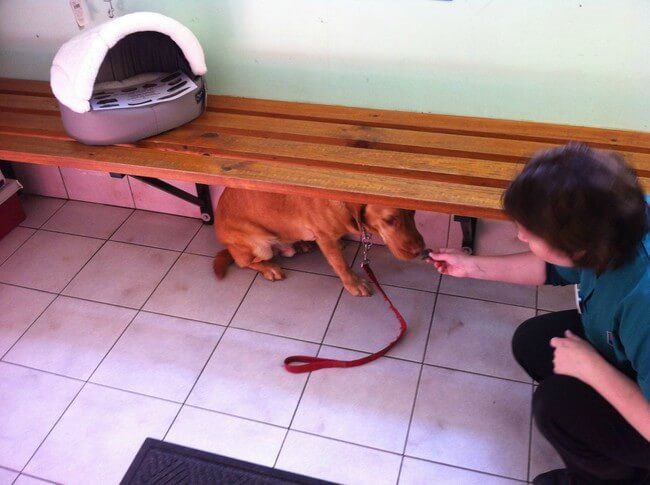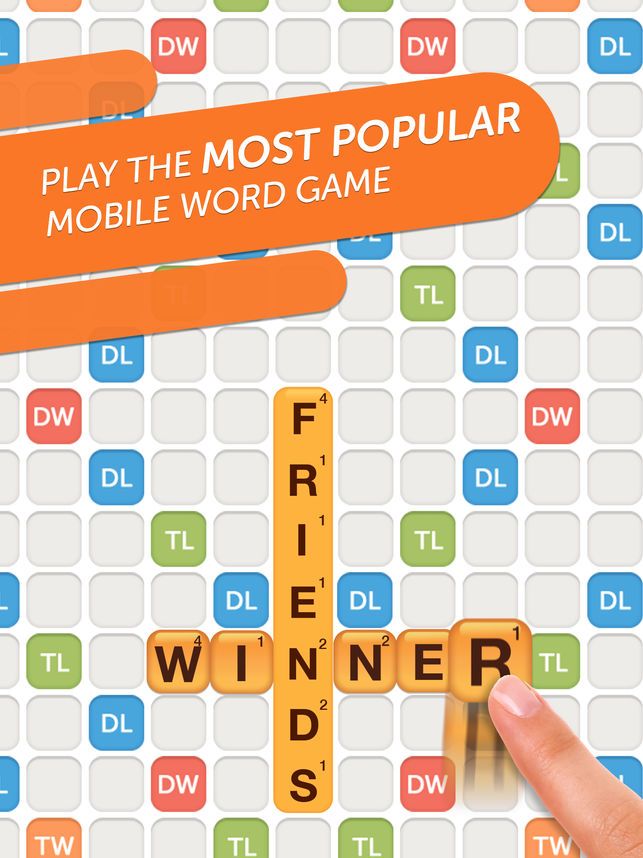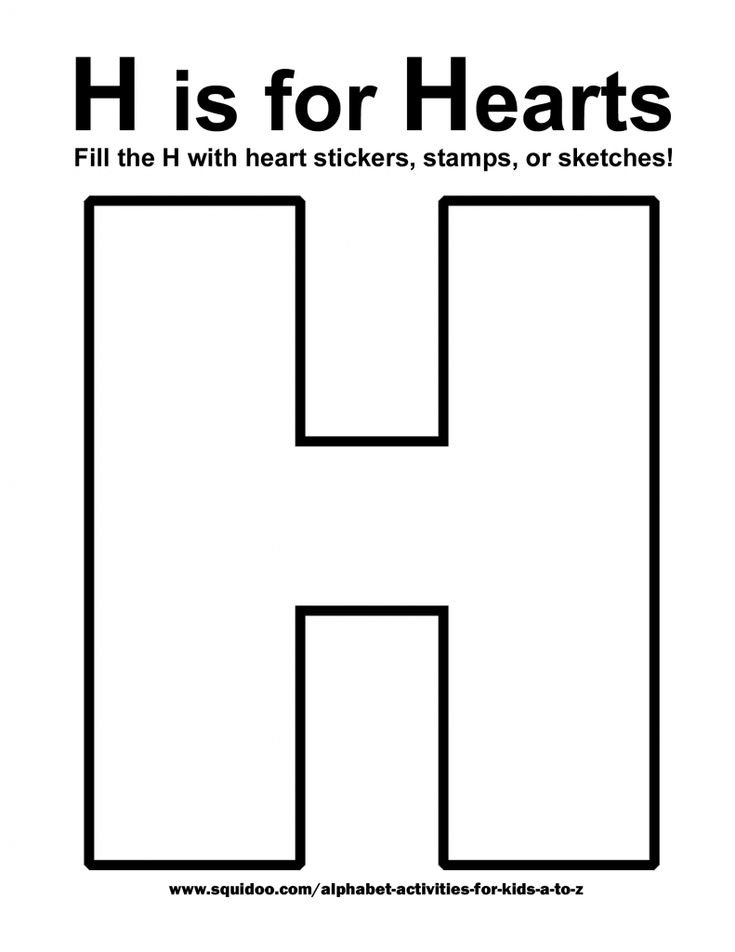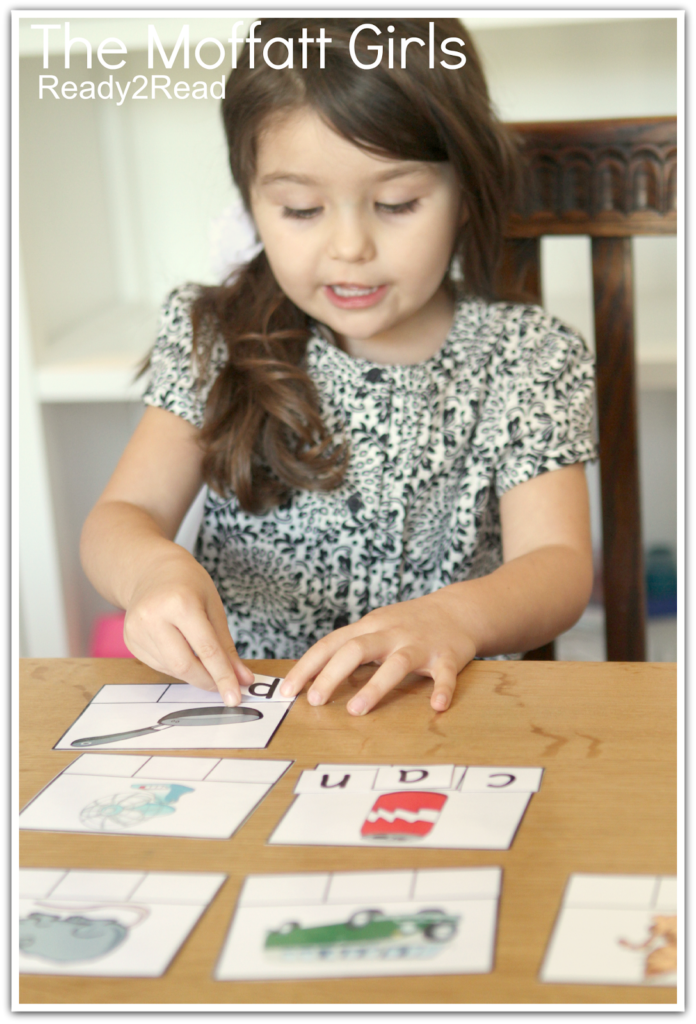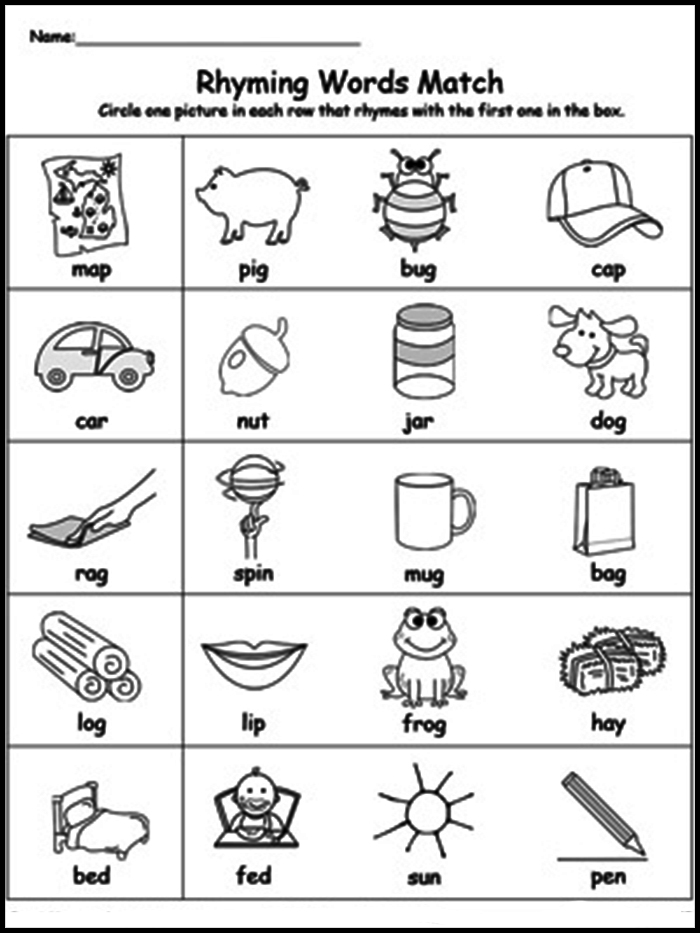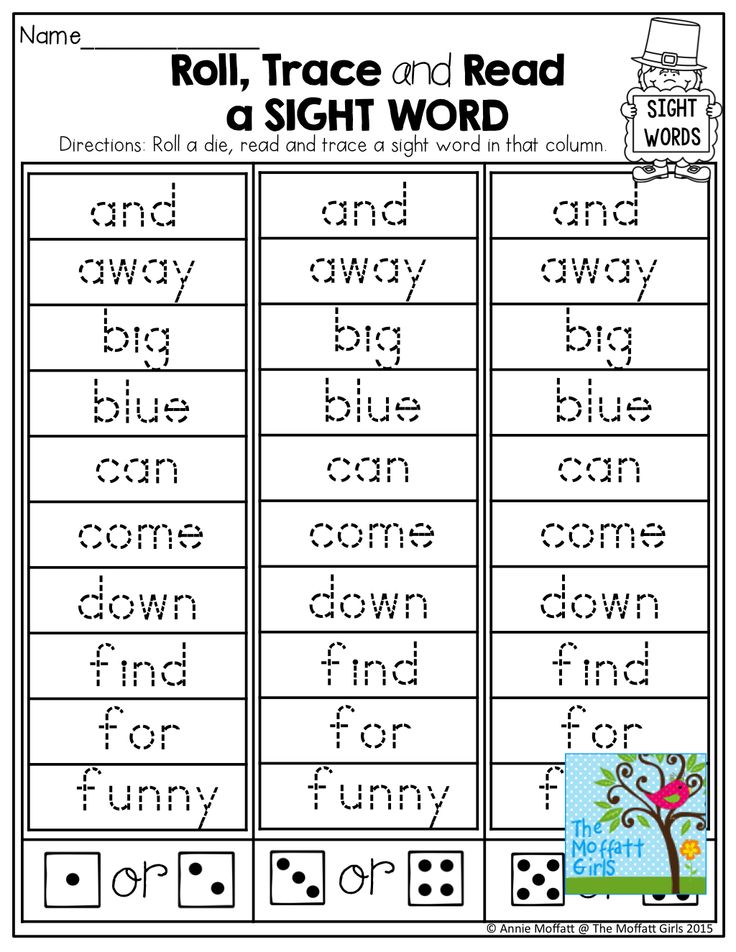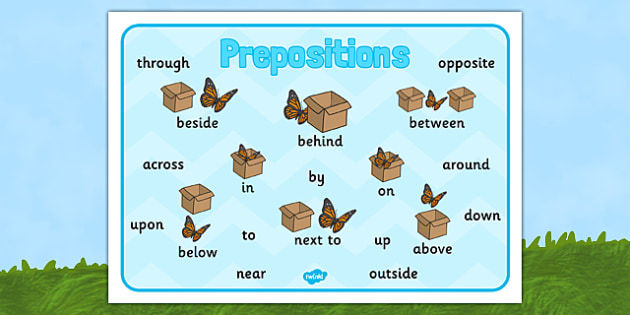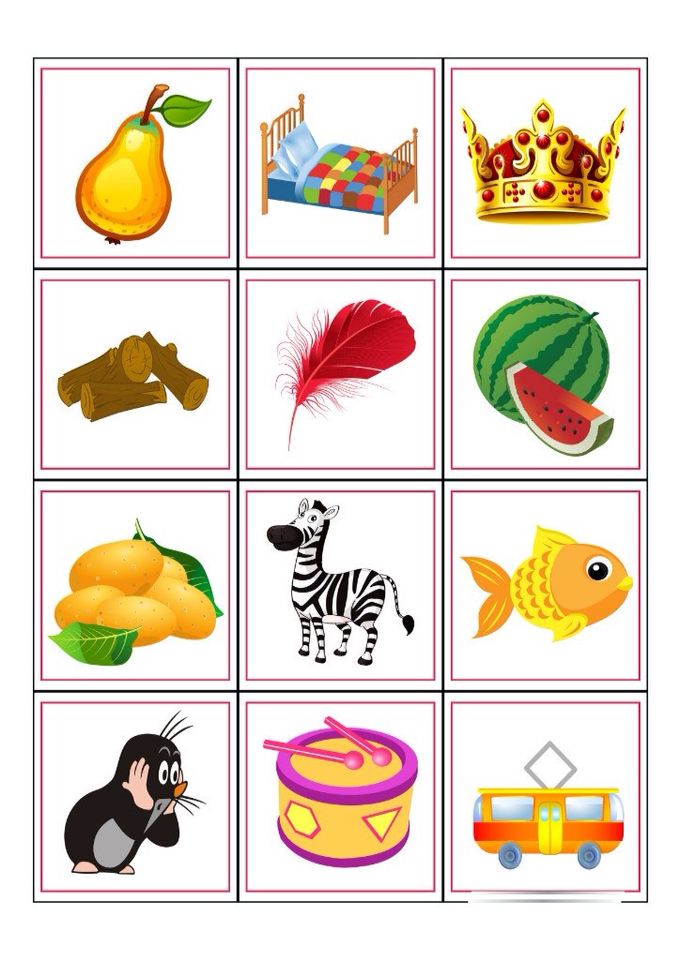Finding the reading level of a book
How to Determine Reading Level of a Book
Leveling the field
If you have a child in school, then you’ve probably heard the term “reading level.” Your child’s teacher may have mentioned it when discussing the importance of reading practice. It may have come up during a parent-teacher conference. But, what does “reading level” actually mean? Why does it matter? And, how can you easily determine reading level of a book that is a good match for his level of reading skill?
What is reading level?
Reading level is simply a way to identify how complex a book a child can read independently. You might be tempted to reason that if your child is in the second grade, then books that are labeled for second graders will be the perfect fit for him. That’s not necessarily true. In most classrooms today, students read at a wide range of different levels. Most schools administer reading assessments periodically to determine the reading comprehension level of each child.
Why does reading level matter?
Reading level matters for a few very simple reasons. If your child is reading a book that is too far above his current ability, then he will likely become frustrated and discouraged. On the other hand, if a book is too far below his reading level, it won’t challenge him enough. He won’t encounter new words or more complex sentences, and his reading skills simply won’t grow. A book that is too far below your child’s reading level might also simply be boring. The ideas and words won’t be complex enough to catch his interest or fire his imagination.
How is reading level measured?
A search of the Internet quickly reveals a dizzying array of reading-level systems with obscuring names like ATOS, Basal Equivalent and Fry Readability Graph. It’s enough to make your head spi!. Let’s take a look at some of the most commonly used readability systems.
- Fountas-Pinnell Guided Reading Level – Sometimes referred to as Fountas and Pinnell, or even simply as Guided Reading Level, this reading-level system supports the guided reading program designed by Irene Fountas and Gay Su Pinnell.
 The level of individual books are classified by assessing a number of factors, including word repetitions, sentence length and complexity, and even the number of illustrations.
The level of individual books are classified by assessing a number of factors, including word repetitions, sentence length and complexity, and even the number of illustrations. - DRA – DRA refers to a standardized reading test called the Developmental Reading Assessment. This reading system assigns books different reading levels that correspond with the different scores that children can earn on the test. After taking the test, a child is assigned a letter/number score from A1 through 80. His teacher – or parents – can then find books with the same DRA score.
- Lexile Framework for Reading – Called the Lexile measure or the Lexile level, this scoring system was developed by an educational research team funded by the National Institute of Child Health and Human Development. Using test scores from a standardized reading test or from the Scholastic Reading Inventory test (SRI), this system converts those test scores into equivalent reading levels making it possible to match students with the reading material best suited for their growing abilities.

- Grade Level Equivalent – Perhaps the easiest of the reading leveling systems to understand, Grade Level Equivalent measures a student’s reading level by comparing it to the expected reading level for each school year. Fourth graders in their first month of the school year whose reading skills are at that grade level would be given a reading level score of 4.1. This stands for fourth grade, first month of school. A struggling reader in the fourth grade would have a lower score, 3.6, for example. This would mean that this child was reading at a level usually expected of a third grader in the sixth month of the school year.
How can I determine my child’s reading level?
Measuring a child’s reading level is complex. Different systems measure different factors, including text complexity, word speed and even comprehension. Your child’s school will assess his reading level, most likely using a variety of methods and maybe even some good, old-fashioned teacher intuition.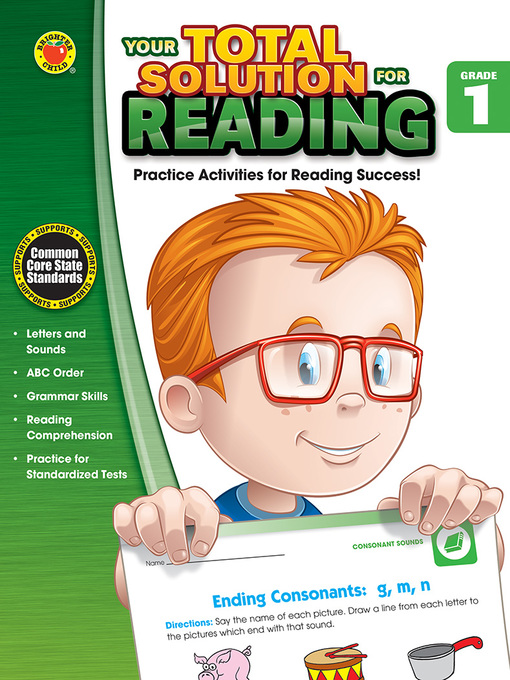 If you want to know your child’s reading level, your best bet is to simply ask his teacher.
If you want to know your child’s reading level, your best bet is to simply ask his teacher.
How can I determine the reading level of a book?
Trying to find books that match your child’s reading level? Once again, the first step is to talk to his teacher. She will be able to offer many suggestions and may even have a reading list available. Another good resource is the school librarian. Books in the school library will already be sorted by reading level. The librarian should be able to point you to the right section.
Need more resources? Consider these:
- Renaissance ATOS analyzer – This text wizard allows you to input text – or even upload a file – to see how it rates on the Advantage TASA Open Standard readability formula. You can input a sentence, an excerpt or an entire book. Renaissance also has a book finder where you can check to see if the level of the book you’re curious about is already on file. The book finder lets you search for both the ATOS score and the Lexile measure using a book’s title or author.

- Scholastic’s Book Wizard – Scholastic.com offers a Book Wizard that allows you to search through over 65,000 children’s books. Using a book’s title or author you can search using one of four different reading level systems. You can also filter results by genre, subject and grade level.
- Lexile look up – The Lexile Framework for Reading website lets you look up books that match your child’s reading level. You can also look up the reading level of an individual book on the same page, using the book’s ISBN number or its title. Hint: the “Quick Book Search” tab is at the top right of the page.
- Correlation chart – If you already know the reading level of a book under one of the leveling systems, but need to know what the same book would rate under another system, then use this correlation chart offered by the State of Washington’s public library system. Simply move down the column under the system that you already know until you find the right rating, then move across the page – left or right – to the correlating number in the column of the system you’re hoping to target.

Learning your child’s reading level and then finding books that match is a great idea! You’ll be able to keep him engaged and learning without overwhelming him with text that is too complex or with words that are simply beyond his ability.
Other Reading Resources
- A Wrinkle in Time Reading Level
- Free Grammar Printables from K12reader.com
- Printable Passages from ReadingVine.com
How To Determine Reading Level Of A Book
Learning how to determine reading level of a book helps you find appropriate books for your child and challenge their abilities.
When choosing children’s books, the reading level of the book can be pretty important. You want to challenge children to read a bit higher than they think they can while not discouraging them with books that are too difficult.
Whether you have beginning readers or advanced readers in your life, learning how to determine the reading level of a book is a valuable tool. Thankfully, parents and educators have a number of tools available to help them.
Thankfully, parents and educators have a number of tools available to help them.
This guide will discuss what reading levels are, how to find them and how you can ensure that the books you offer are suitable for the children in your life.
Contents
- Tips on How To Determine Reading Level Of A Book
- What is Reading Level?
- Why Reading Level is Important
- Reading Level and Interest Level
- Common Measures for Reading Levels
- Tools to Find the Reading Level of a Book
- A Final Word on How to Determine Reading Level of a Book
- FAQs About how to Determine Reading Level of a Book
- Author
Tips on How To Determine Reading Level Of A Book
So how can you determine the reading level of a book? Before delving into the tools available to help you find a book that your child can read, first, you must understand what reading level is.
What is Reading Level?
The reading level of a book determines how well a child can read it independently. Unfortunately, reading level is often confused with grade level, so a book with a fourth-grade reading level is designed with vocabulary and syntax that the average fourth grader can understand.
Unfortunately, reading level is often confused with grade level, so a book with a fourth-grade reading level is designed with vocabulary and syntax that the average fourth grader can understand.
However, it is not always as simple as picking a book that is leveled at your child’s grade level. Your child’s teacher can tell you that students fit into a wide range of levels, even within the same classroom.
As your child’s reading skills develop, you’re going to need to find reading materials that match. Knowing how to read reading levels will help.
Why Reading Level is Important
Children who are learning to read need to have a text they can read successfully. If text is too easy, the child gets bored. If the text is too hard, the child gets frustrated.
This balance is where the reading level helps. Finding a book that matches your child’s abilities and interests will encourage successful reading, and reading level is key to that.
Reading Level and Interest Level
Adding interest level to your decision-making will help guide you to the books they will be most interested in readingAnother benchmark you can check into is interest level. This metric shows how interesting a particular book is likely to be to your child based on their age or grade level.
This metric shows how interesting a particular book is likely to be to your child based on their age or grade level.
If a child is particularly behind or advanced in reading level, finding books they want to read but match their reading level becomes more challenging. Adding interest level to your decision-making will help guide you to the books they will be most interested in reading.
Common Measures for Reading Levels
Many tools measure reading levels. As you learn how to determine the reading level of a book, you will find that these tools make the job a lot easier, so you can find a book that fits the child’s reading level. Here are some popular reading systems to consider.
1. Fountas-Pinnell Guided Reading Level
Fountas and Pinnell created the Guided Reading Level. This leveled reading system assigns a level to individual books. Factors that impact that level include repetition of words, the complexity of sentences, and sentence length.
This program uses specialized reading lists with books that already have a grade level measure.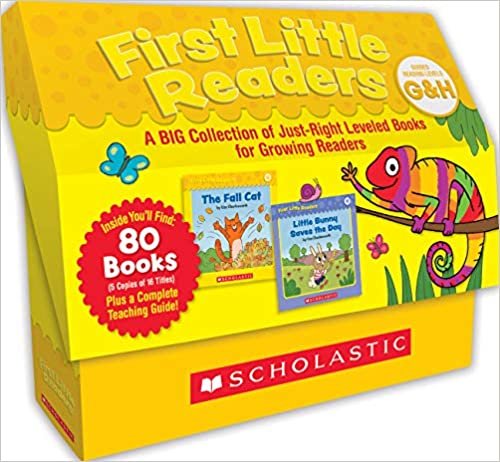
2. Grade Level Equivalent
The Grade Level Equivalent leveled reading system assigns an actual grade level to the book based on what students typically can read at a particular stage of their education. This metric is labeled with a decimal point, where the first number is the grade level, and the number after the decimal point indicates the number of months into the school year the student would be. So, a score of 2.1 means second grade one month into the school year.
For parents that are new to reading levels, this can be a helpful metric as it shows a level they can easily relate to their student’s age and grade. However, parents need to realize that students develop their reading abilities at different speeds, so any particular child may read at, above, or below the published reading level.
3. Developmental Reading Assessment
The Developmental Reading Assessment, or DRA, assesses a child’s reading ability through a reading test. It then gives the student a score based on that test.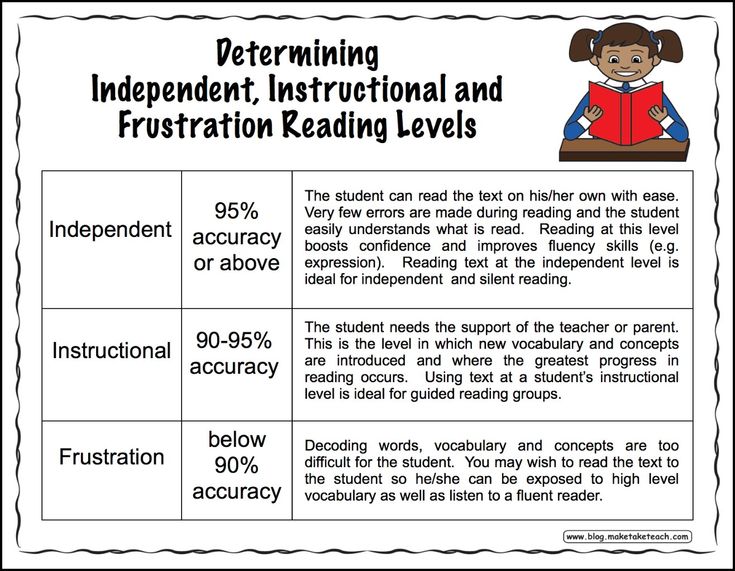 Factors it checks include:
Factors it checks include:
- Phonemic awareness
- Alphabetic principles/phonics
- Fluency
- Vocabulary
- Comprehension
- Reading engagement
Books are given corresponding scores based on text complexity and vocabulary. Thus, teachers and parents can easily connect students to books that fit their abilities after taking the test by lining up the test scores with the scores of the book.
4. Lexile Framework for Reading
The Lexile Framework is a National Institute of Child Health and Human Development metric. It uses Scholastic Inventory Test scores to evaluate text and determine what reading level it is.
To use the Lexile Framework, students must take a standard test or the Scholastic Reading Inventory (SRI). This then matches them with a reading level that matches their ability.
You can look up the Lexile level of a book online on the Lexile website.
5. Accelerated Reader Book Levels
Accelerated Reader is a complex readability formula that rates text complexity. It uses grade level ratings to indicate what year and month a student could read a book independently.
It uses grade level ratings to indicate what year and month a student could read a book independently.
Accelerated Reader is different from straight grade level equivalents because it uses interest level as well. This indicates if the content of a book is age-appropriate for the particular grade level.
Tools to Find the Reading Level of a Book
Understanding the different reading tests and reading level measures is important, but it does not help you learn how to determine the reading level of a book when your child wants to read something. Thankfully, you have several tools at your disposal to help.
1. Scholastic’s Book Wizard
Scholastic offers a book wizard tool that has over 65,000 children’s books in the database. You can search using the title and author to find an individual book’s reading level. If you are looking for recommendations for your child, you can search by reading level, subject, grade level, or genre and get a list of suggestions.
2.
 Renaissance ATOS Analyzer
Renaissance ATOS AnalyzerIf you can’t find your book or text in another tool, you can copy a portion of the text into the ATOS Analyzer to see how it rates. This tool uses a readability formula to tell you how easy something is to read. It also merges with the Lexile measure, so you can search for individual books if they are in the database.
3. Lexile Look Up
Lexile’s online tool lets you search for a book by its ISBN. Just enter the number on the Quick Book Search to see if it is in the database. The website also allows you to look at a list of books based on your child’s reading level.
4. Accelerated Reader Search Tool
The AR search tool lets you search for a particular book’s readability, Lexile level, and interest level. It reports a grade level based on whether or not a child will be challenged in the reading but not frustrated.
5. Correlation Chart
The Correlation Chart is part of the State of Washington public library system. It lets you find the reading level of a book, then use the tool to compare that to the reading level in another measurement.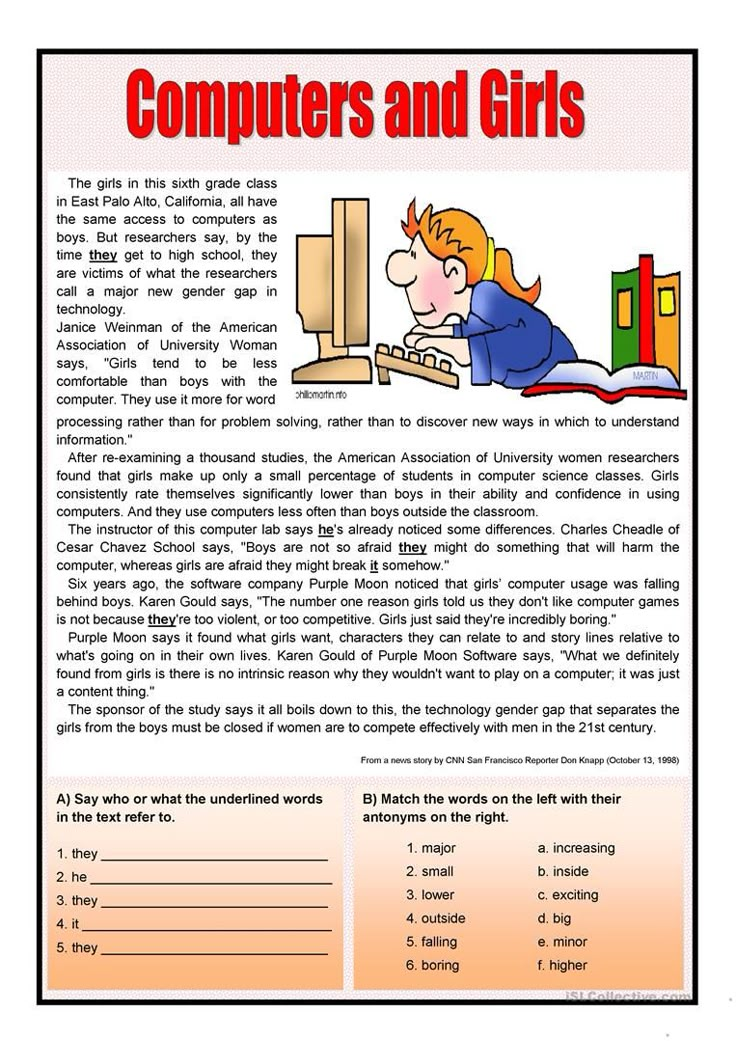 If you are looking for a specific measure but know another one, this tool can help you compare.
If you are looking for a specific measure but know another one, this tool can help you compare.
A Final Word on How to Determine Reading Level of a Book
Reading levels help you choose books for your child that fit their interests and abilities. You can avoid frustration and boredom by selecting appropriate books. Using reading levels also encourages more independent reading, especially with young readers.
Parents can sometimes struggle with finding reading levels for different books, but using a book’s ISBN, you can search in several tools that have book lists based on reading level. Using these tools and asking your child’s teacher what their current reading level is will allow you to choose the right reading material for your child.
FAQs About how to Determine Reading Level of a Book
How to find the reading level of a book?
Using different tools, such as the Scholastic Book Wizard or the Accelerated Reader Search Tool, you can learn the reading level of many children’s books to help you choose appropriate reading options for your child.
How to determine my child’s Lexile reading level?
If your child is at school, they will be tested each year under their standardized testing program. This testing will give your child a Lexile reader measure. Simply ask your child’s teacher or check their standardized test score report to learn your child’s measure.
Join over 15,000 writers today
Get a FREE book of writing prompts and learn how to make more money from your writing.
Powered by ConvertKitAuthor
How to read books in English
Choose books according to your level of knowledge
You shouldn't read Dickens in the original if your level is Elementary, but you shouldn't take Beginner level books either. In the first case, the language will be too complicated for you, and the abundance of unfamiliar words will force you to constantly refer to the dictionary. Because of this, you will lose the thread of the narrative and, as a result, will stop reading. In the second case, the text will be too simple for you, and you will not endure any new vocabulary for yourself. By the way, if you have not studied for a long time, we recommend that you evaluate your current level of English proficiency.
Because of this, you will lose the thread of the narrative and, as a result, will stop reading. In the second case, the text will be too simple for you, and you will not endure any new vocabulary for yourself. By the way, if you have not studied for a long time, we recommend that you evaluate your current level of English proficiency.
Choose what interests you
Don't torture yourself with classics if you like detective stories, and vice versa. Currently, you can find adapted literature for every taste, not to mention non-adapted.
Use a dictionary
As a rule, adapted books come with their own mini-dictionary where you can look up unfamiliar vocabulary. If you read non-adapted literature, use any dictionaries convenient for you, but never use online translators! The best dictionaries are those that give multiple meanings of a word, and provide context for each.
So you looked up the meaning in the dictionary. But this is not the end of the job. Write these words in your notebook and review them regularly. It is also very useful to make up your own texts or sentences with new words: this way you put the words in context and remember better. If it is not possible to do this in writing, try to do it at least verbally.
Write these words in your notebook and review them regularly. It is also very useful to make up your own texts or sentences with new words: this way you put the words in context and remember better. If it is not possible to do this in writing, try to do it at least verbally.
Which words to look up in the dictionary?
Method 1. Look up the meaning of all unfamiliar words. This method is suitable for reading texts that require accuracy: instructions, technical documentation, and the like. Also in this case it is better to use specialized dictionaries - in chemistry, electrical engineering, etc.
Method 2. View the meaning of the main words only.
What is the base word? This is a word without which it is impossible to understand the meaning of the sentence. For example:
That man was eating a turkey sandwich.
In this case, the word sandwich is the main one, because the meaning of the sentence becomes clear: " That person ate .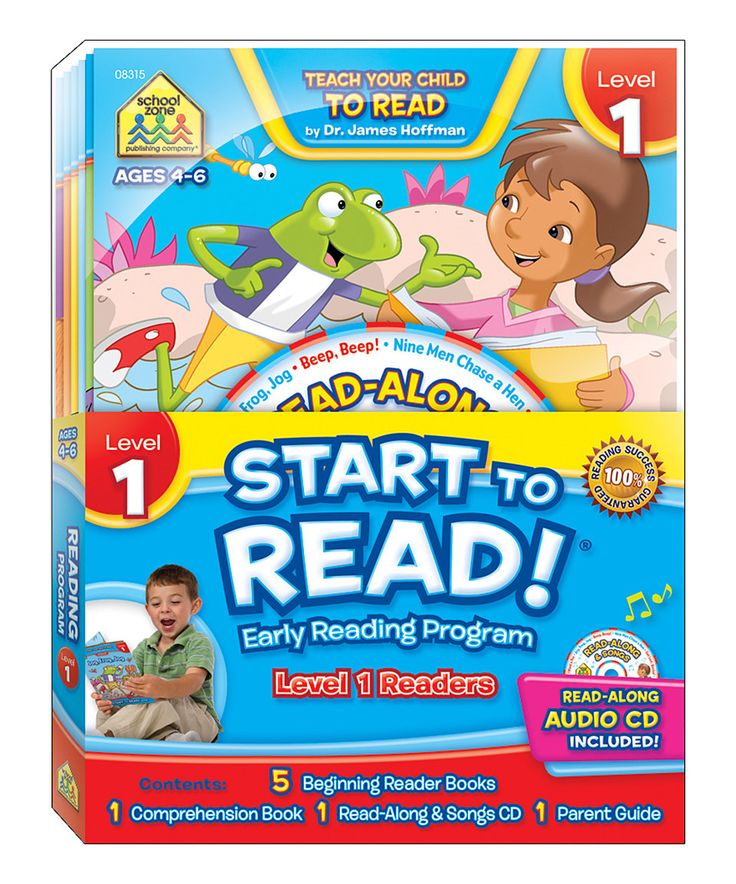 .. sandwich ". Of course, some of the meaning eluded us, but nevertheless, we understood most of it.
.. sandwich ". Of course, some of the meaning eluded us, but nevertheless, we understood most of it.
The word turkey is secondary because, as we have already seen, the meaning is clear even without it. It only carries additional information: " That man was eating a turkey sandwich .”
This is more suitable for when you read just for fun. Of course, here you can use the first method if you have the time and desire.
Method 3 (hardest but most useful) . Look up the meaning of words in an English-English dictionary, for example, www.ldoceonline.com or www.macmillandictionary.com
Also (especially if you already have a confident level of English) try to understand the meaning of words from the context.
Complete reading assignments
Almost all adapted books have assignments for each chapter. If possible, try to fulfill them - this will help you better understand and remember what you read, plus repeat new vocabulary.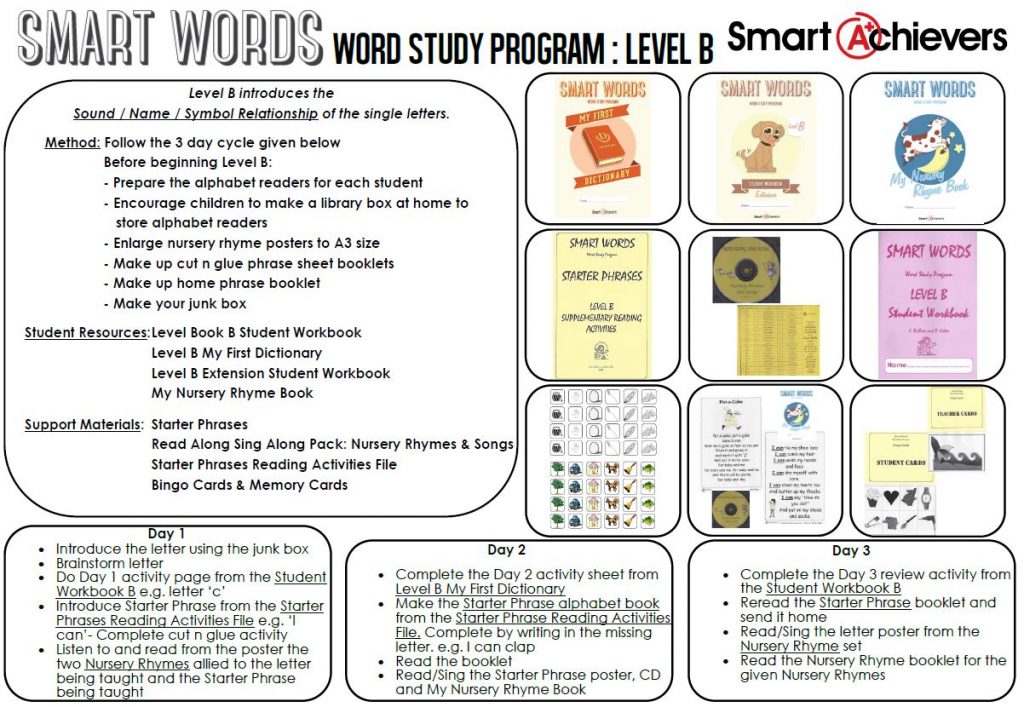
Audio books and books with additional audio materials
If the book has audio, be sure to work with it. Listen as the speaker pronounces the words, watch the intonation. Try to read aloud, repeating after the speaker.
Read regularly!
It is much more useful to read, albeit a little, but regularly. Even half an hour of reading a day will greatly expand your vocabulary and improve your English level in general. The more you read, the easier it will be for you to understand the texts.
Which books should I choose to read?
Cambridge University Press Series:
- Cambridge English Readers (Starter to Advanced)
- Cambridge Experience Readers (Starter to Advanced) - suitable for teenagers
Oxford University Press Series:
- Dolphin Readers (Beginner to Intermediate)
- Classic Tales (Beginner to Intermediate)
- Dominoes (Beginner to Intermediate)
- Oxford Bookworms Library (Beginner to Advanced)
Books published by Iris Press, English Club series .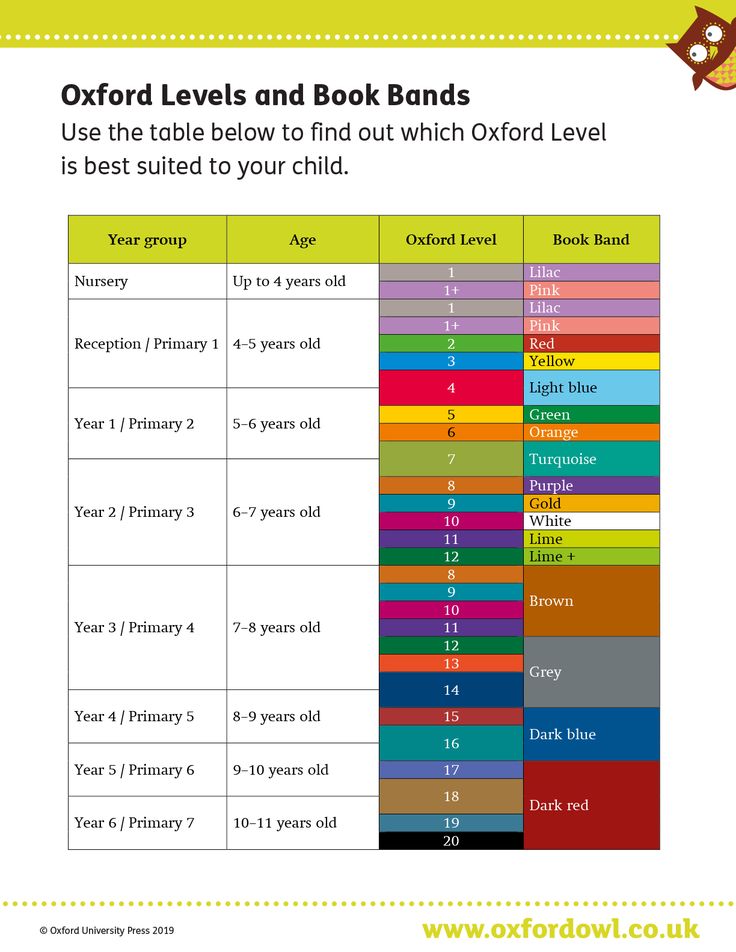 A good series of books for different levels, you can find literature for both adults and children. Each book comes with audio, vocabulary and assignments.
A good series of books for different levels, you can find literature for both adults and children. Each book comes with audio, vocabulary and assignments.
Only select books originally written in English (English, American, possibly Australian). Don't take translations.
Productive reading and learning English!
Don't delay. Sign up for a free consultation!
By leaving a request, you agree to the data processing rules
Determining the level of reader interest in the senior group of preschool educational institutions | Methodological development (senior group):
Report of educators
older - preparatory ophthalmological
group "Semitsvetik" Kuzmina S.V. and Kolosova O.N.
The results were obtained on the basis of:
- questionnaires to identify the level of reader interest
in pupils older than the preparatory ophthalmological group
"Semitsvetik";
- conversations with older pupils of the preparatory ophthalmological group "Semitsvetik" on the topic "My favorite book".
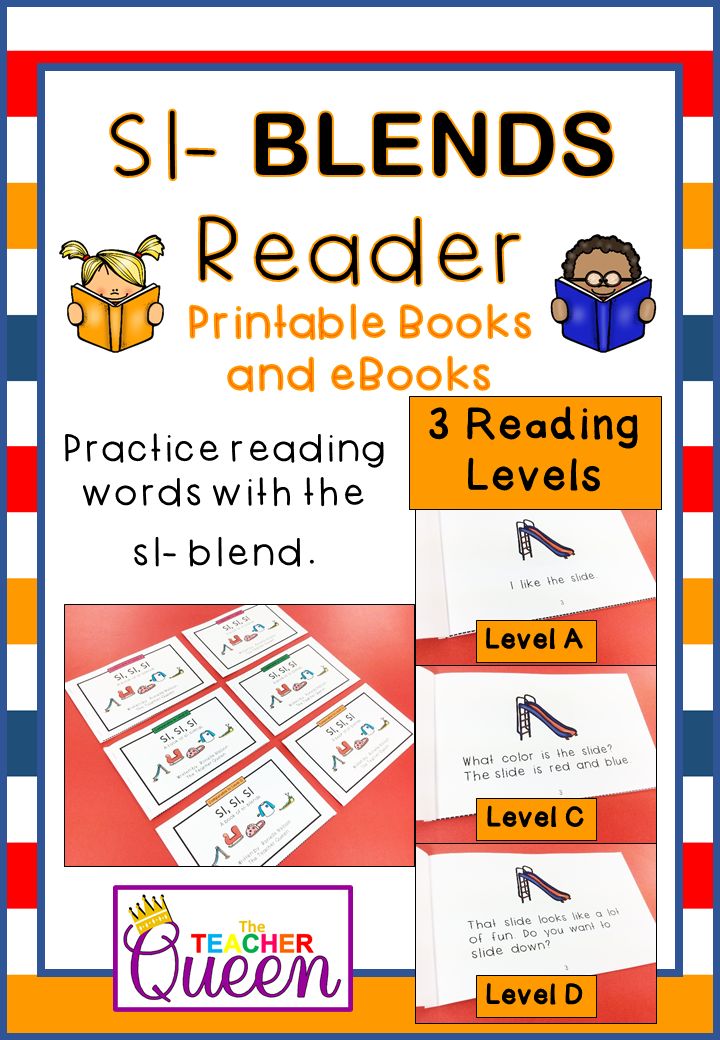
Appendix
QUESTIONNAIRE.
| No. question | Question | Answer |
| 1 | F and pupil. | |
| 2 | Age (full years) | |
| 3 | Can you read? | |
| 4 | Do you like to read (or when someone reads to you)? | |
| 5 | Do you have children's books at home? | |
| 6 | Which one is your favorite? | |
| 7 | Are there any books that you have read yourself? | |
| 8 | How often do adults read books to you: - every day, - several times a week, - once a week | |
| 9 | Do you like to receive books as a gift? | |
| 10 | Do you take books to read in the library? | |
| 11 | Do adults in your family like to read? | |
| 12 | What kind of books do you like to listen to (read): - fairy tales; - poetry; - literature about nature; - magazines; - miscellaneous; - I don't like anything. | |
| 13 | What is your most favorite book(s). | |
| 14 | What do you like about her? | |
| 15 | Do you want to learn to read? | |
| 16 | What books will you choose to read when you learn to read on your own? |
Results of the conversation
with children of senior preschool age
on the topic “My favorite book”
(2020/21 academic year)
The results were obtained on the basis of:
- a questionnaire to identify the level of reader interest
in pupils of the older - preparatory ophthalmological group
"Semitsvetik";
- conversations with older pupils of the preparatory ophthalmological group "Semitsvetik" on the topic "My favorite book".

QUESTIONNAIRE.
| Question No. | Question | Answer |
| 1 |
| |
| 2 | Age (full years) | |
| 9000 3 | Can you read? | |
| 4 | Do you like to read (or when someone reads to you)? | |
| 5 | Do you have children's books at home? | |
| 6 | Which one is your favorite? | |
| 7 | Are there any books among them that you have read yourself? | |
| 8 | How often do adults read books to you: - every day, - several times a week, - once a week, - rarely. | |
| 9 | Do you like to receive books as a gift? | |
| 10 | Do you take books to read in the library? | |
| 11 | Do adults in your family like to read? | |
| 12 | What kind of books do you like to listen to (read): - fairy tales; - poetry; - literature about nature; - magazines; - miscellaneous; - I don't like anything. | |
| 13 | What is your most favorite book(s). | |
| 14 | What do you like about her? | |
| 15 | Do you want to learn to read? | |
| 16 | What books will you choose to read when you learn to read on your own? |
10 pupils of the Semitsvetik group took part in the survey.
The purpose of the survey: to identify the level of reader interest
in pupils older than the preparatory ophthalmological
group "Semitsvetik".
The results of the survey showed the following:
- Almost all families of pupils have a home library for children. Daniil Kuznetsov does not have children's books (according to the child).
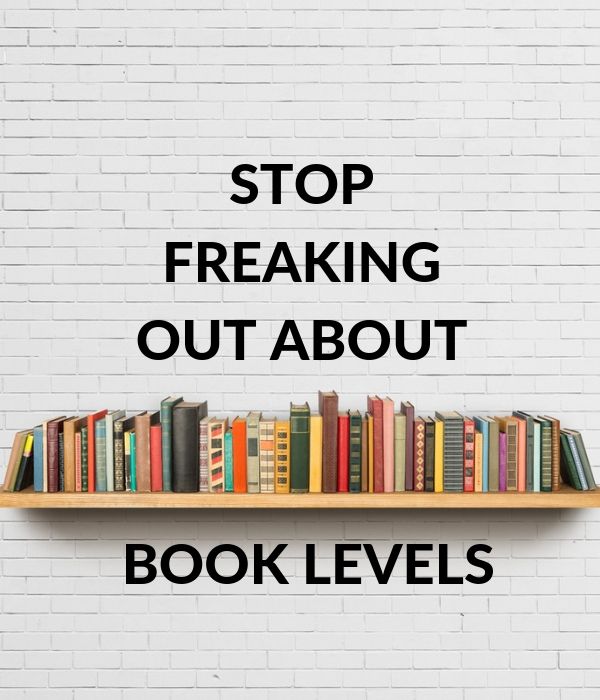
- All the children unanimously answered that they love having books read to them. Some parents use audiobooks.
- When asked whether parents read "their" books, the majority of children answered in the negative. Which suggests that the cult of the book is leaving modern families. Children, not seeing how their parents read, are also unlikely to be addicted to reading.
- Almost all children said that they want to learn to read (among those who do not read), but for what it is necessary the answers were mostly of the same type (to understand documents, in order to read books to their children in the future).
- Option "Book as a gift" split 50/50. Some categorically did not want to receive a book as a gift. Others would like to, but on the condition that the book will be large, with bright pictures, and interesting. Also, it would be nice if the book had an insert with stickers.
- The names of the writers they knew were almost the same (the authors of the works we read in the group): Pushkin, Chukovsky, Nosov, Zhitkov, Mikhalkov.
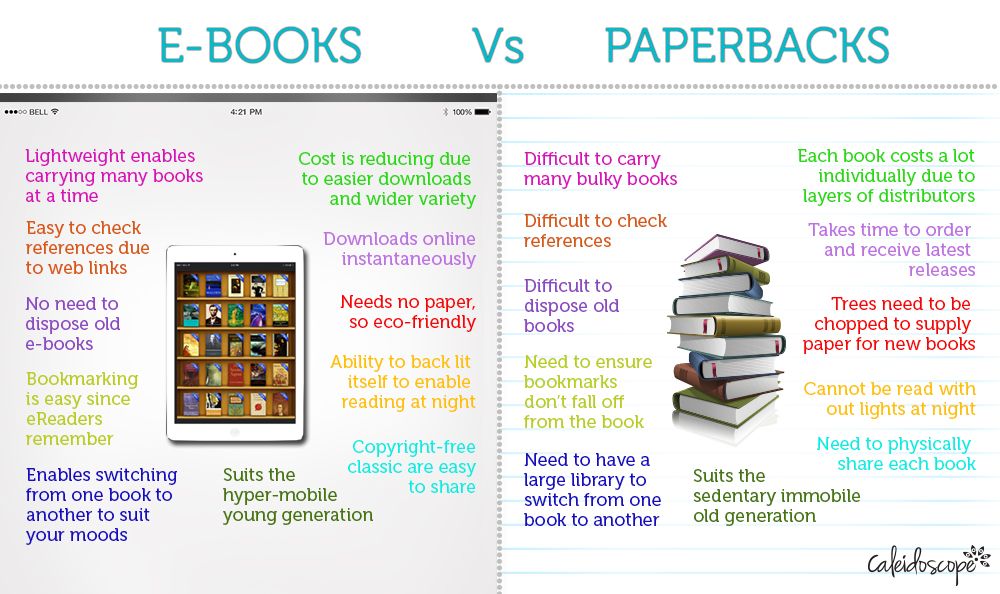
- None of the children have ever been to a real library. But they have an idea of what it is, remembering the movie watched in the group.
- All children have a favorite book. When asked what you especially like about her, the children answered differently:
- funny (the story "The Car" by N. Nosov),
- I love stories that tell about children (the story "The Car" by N. Nosov),
- I like fairy tales about animals ("Puss in Boots" by C. Perro),
- I like the main character ("Doctor Aibolit" ),
- I just love fairy tales ("The Wizard of the Emerald City" by Volkov),
- a terrible fairy tale, but ends well ("The Scarlet Flower" by Aksakov),
- I don’t remember the name of the fairy tale, but there is a Dragon in it. It reminds me of a Dinosaur (Daniil Kuznetsov's answer). Another favorite is “Cucumbers” (N. Nosova). “The boy did a good deed - he returned the cucumbers” (D. Kuznetsov).
- I like that I can watch such a cartoon, and my sister reads the same book to me ("Fantasy Patrol").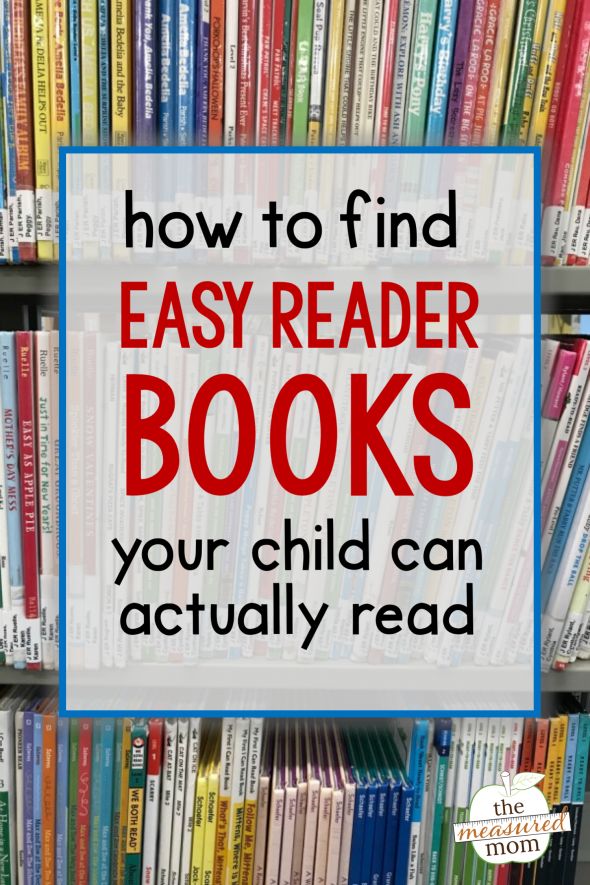 Alena Sycheva's answer.
Alena Sycheva's answer.
On the basis of children's answers, we draw the following conclusions:
Reading books in modern families has lost its former importance.
Children have little interest in books and do not yet understand that a book is a source of knowledge.
The world of books in modern life has been replaced by digital and electronic devices.
Parents either do not conduct traditional readings of a book at night or replace them with listening to audio recordings.
Most of the children named their favorite books from among those that we read in the group (and authors).
Therefore, one of the main things for the next academic year is work with fiction.
We would like to note that in the 2020/21 academic year, 7 children began to read in the group.
In this regard, in the next academic year, reading skills will be practiced on the texts of works of art.
Teachers of the Semitsvetik group:
Kuzmina S.